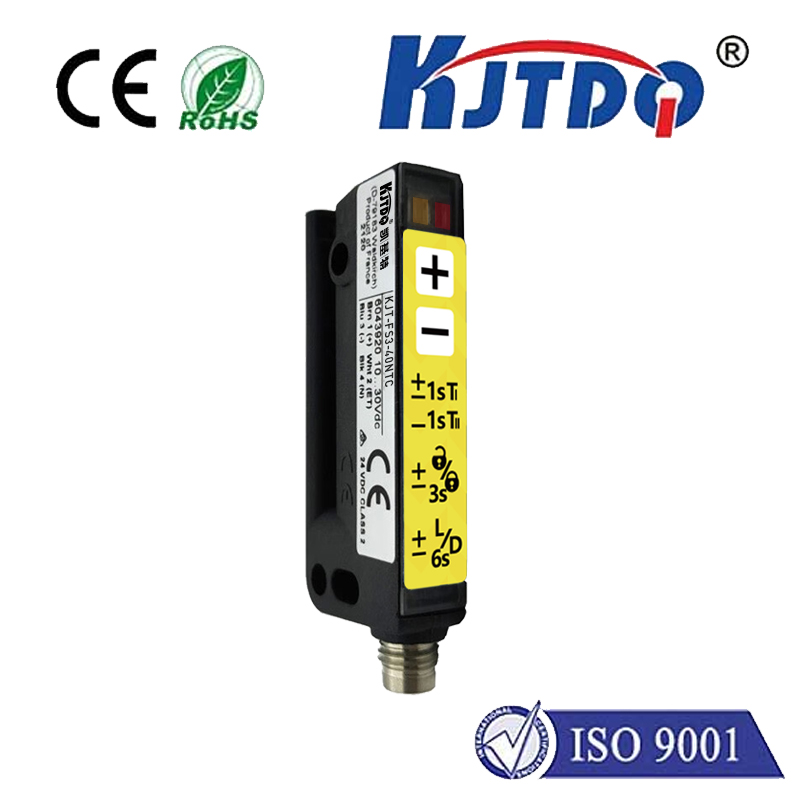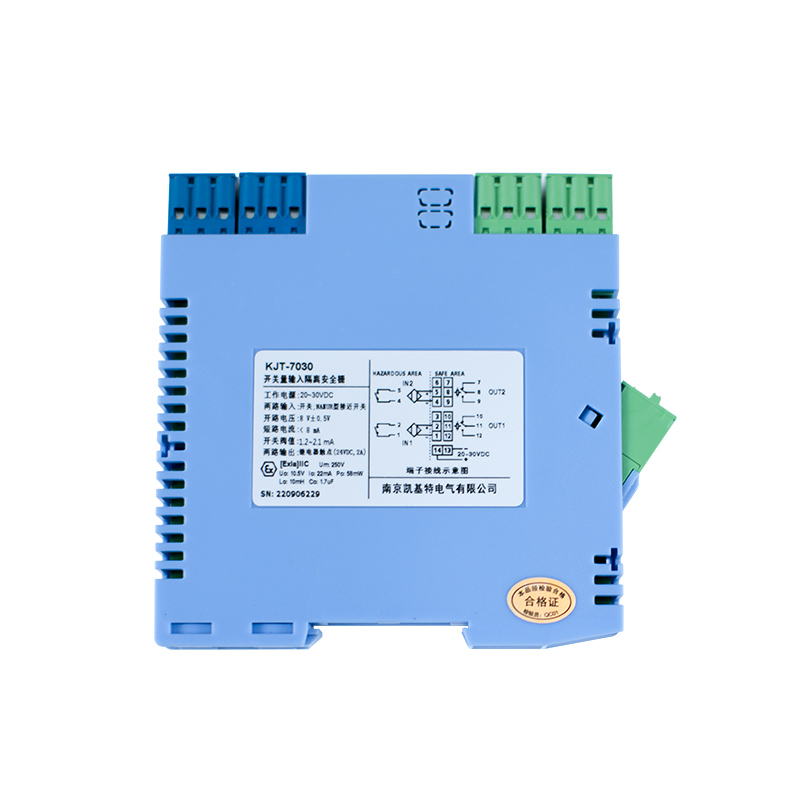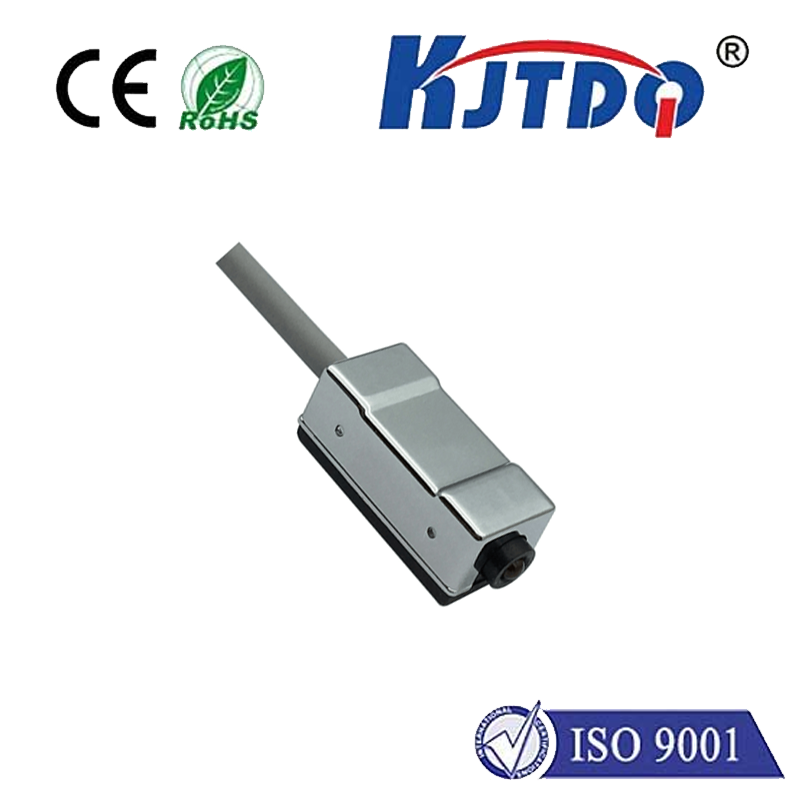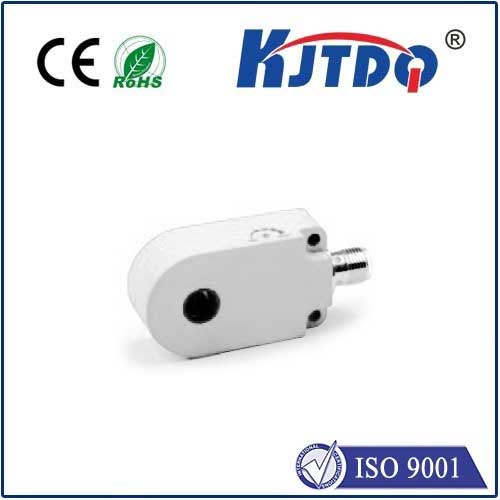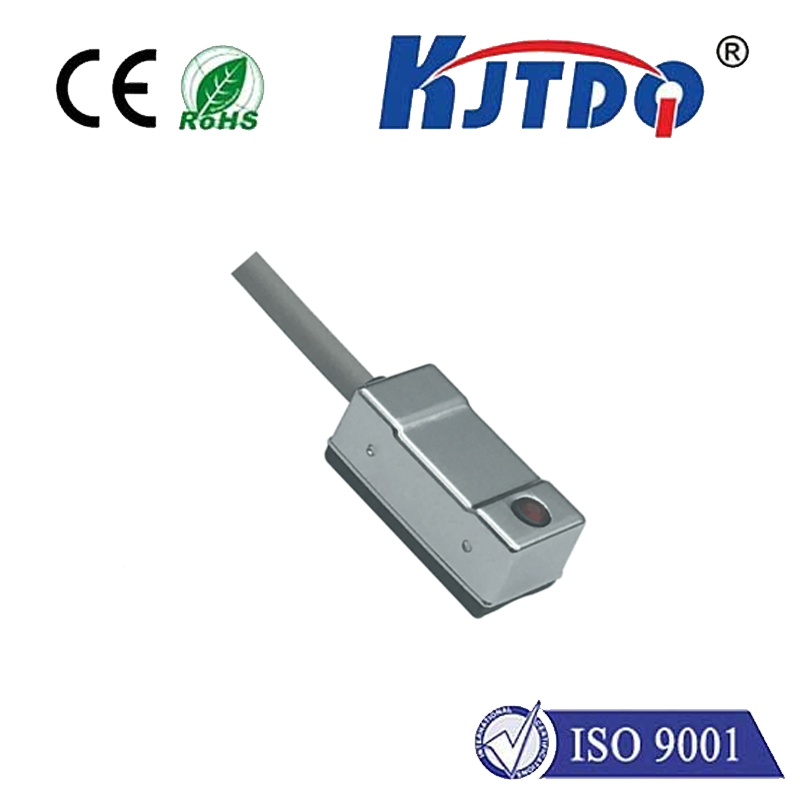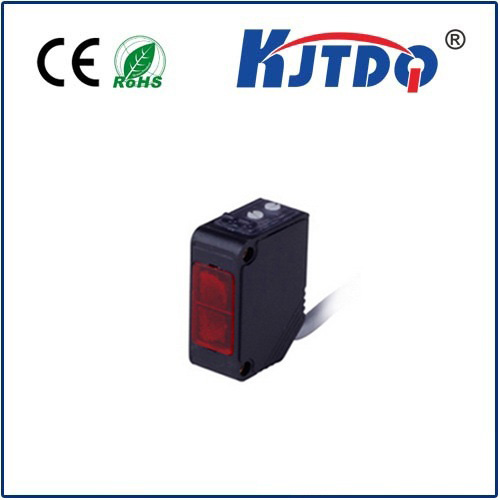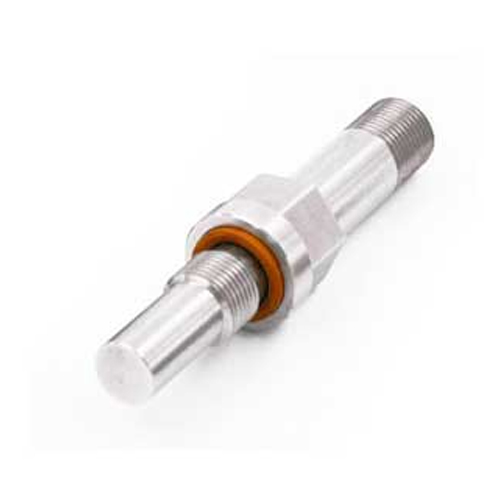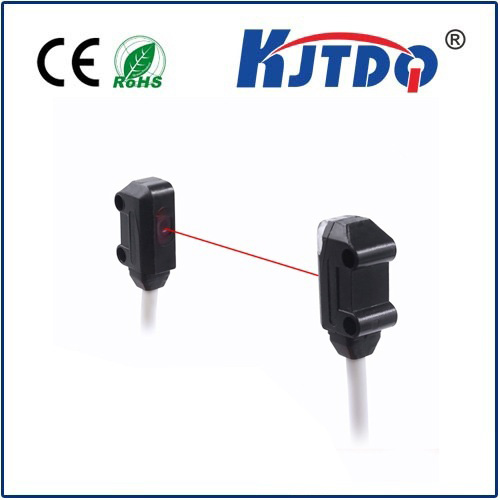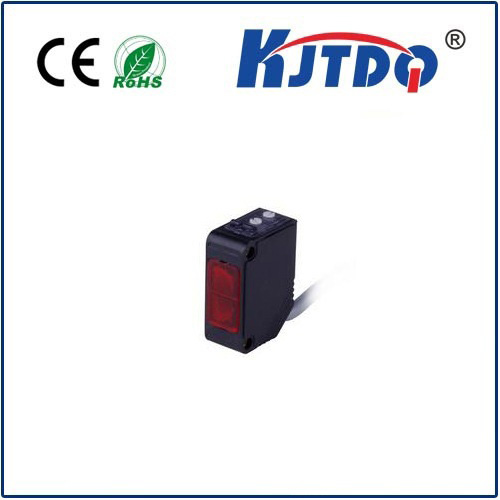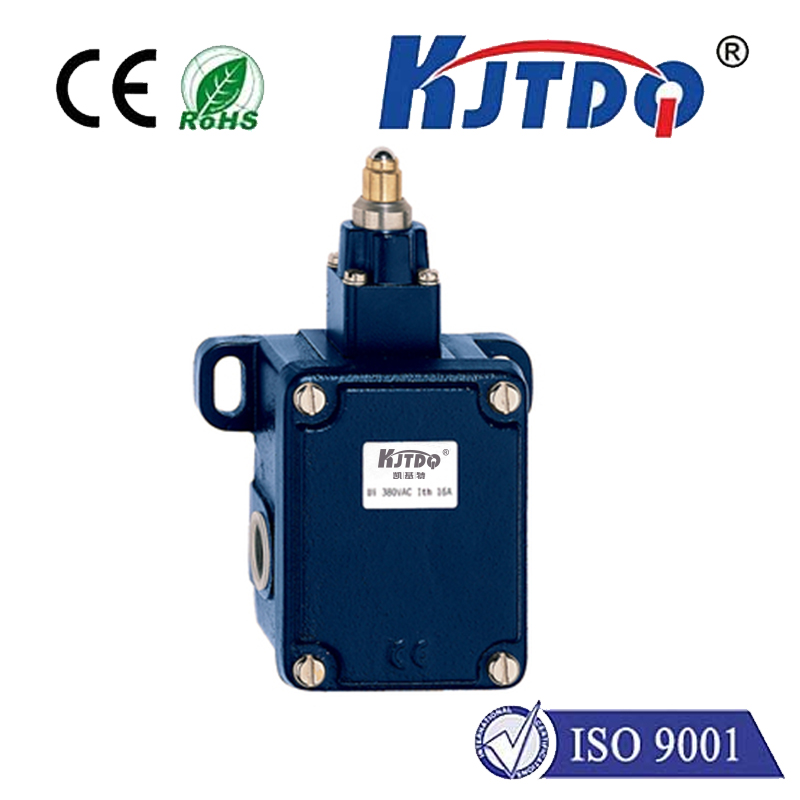![[New Product Recommendation] "Technical Innovation" of Reflective Photoelectric Sensors--Kejit TOF Photoelectric Sensor [New Product Recommendation] "Technical Innovation" of Reflective Photoelectric Sensors--Kejit TOF Photoelectric Sensor](https://www.kjt-sensors.com/uploadfile/ueditor/image/202302/1675386752693e10.jpg)
Проверка

Проверка

Проверка

Проверка

Проверка

Проверка
Revolutionizing Automation: The Metal Contact Sensor In the ever-evolving world of automation and smart technology, metal contact sensors have emerged as crucial components that enable seamless interaction between machines and their environments. These sensors serve as the bridge between physical presence and digital response, making them indispensable in various industries. In this article, we delve into the significance, functionality, and applications of metal contact sensors.
Metal contact sensors, often referred to as tactile or touch sensors, are designed to detect the presence or absence of a metallic object within their sensing range. They operate based on the principle of electrical conductivity, where the sensor’s circuit is completed or interrupted when it comes in contact with a metal object. This change triggers an electrical signal which can then be interpreted by connected devices or systems.
The core mechanism behind a metal contact sensor involves two conductive plates separated by an insulating material. When no metal object is present, these plates do not make contact, maintaining an open circuit. Upon the introduction of a metallic element, the circuit closes due to the conductivity of the metal, generating a detectable electrical signal. This simple yet effective design makes metal contact sensors highly reliable and efficient for detecting metallic objects.
In manufacturing and assembly lines, metal contact sensors play a vital role in monitoring and controlling processes. They ensure precise positioning of metal parts during production, detect faulty products, and automate sorting mechanisms, thereby enhancing efficiency and reducing waste.

Metal contact sensors are integral to security systems such as window alarms and door contacts. When the sensor detects unauthorized entry or movement, it triggers an alarm, alerting security personnel and deterring potential intruders.
Automakers utilize these sensors in various applications, including seat belt buckle detection to remind passengers to buckle up, and glove compartment switches that illuminate the interior upon opening, enhancing user experience and safety.
From oven doors to washing machine lid sensors, metal contact sensors contribute to the smooth functioning of household appliances. They prevent malfunctions by ensuring proper closure before operations start and halt processes if opened unexpectedly.
Долговечность: Designed to withstand harsh industrial environments, they offer longevity and consistent performance.
Simplicity: Their straightforward design ensures easy integration into existing systems without complex setup procedures.
Эффективность затрат: Being relatively inexpensive compared to other sensor technologies, they provide an economical solution for many applications.
Metal contact sensors represent a cornerstone of modern automation and control systems. Their ability to reliably detect metallic objects has transformed numerous aspects of daily life and industrial operations alike. As technology continues to advance, it is expected that these sensors will evolve further, introducing even more sophisticated functionalities and expanding their scope of applications. Embracing such innovations is key to unlocking new levels of efficiency, safety, and convenience in our increasingly automated world.
